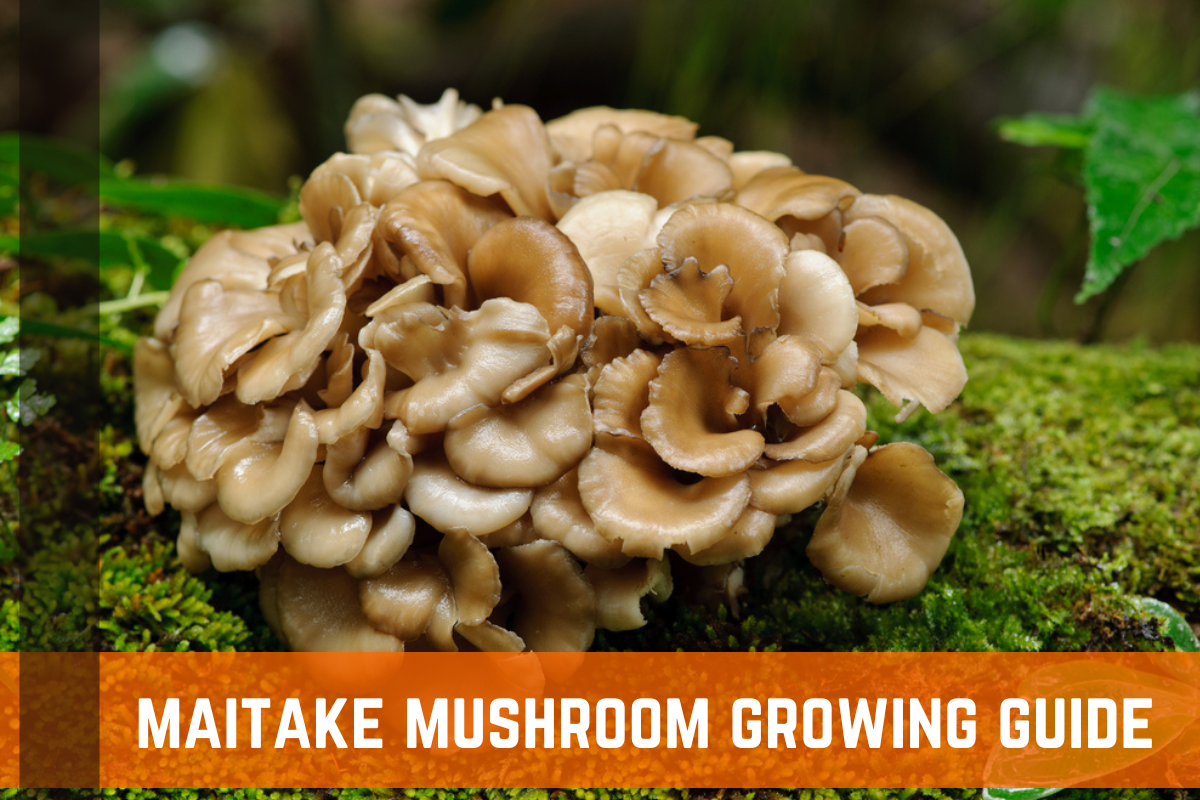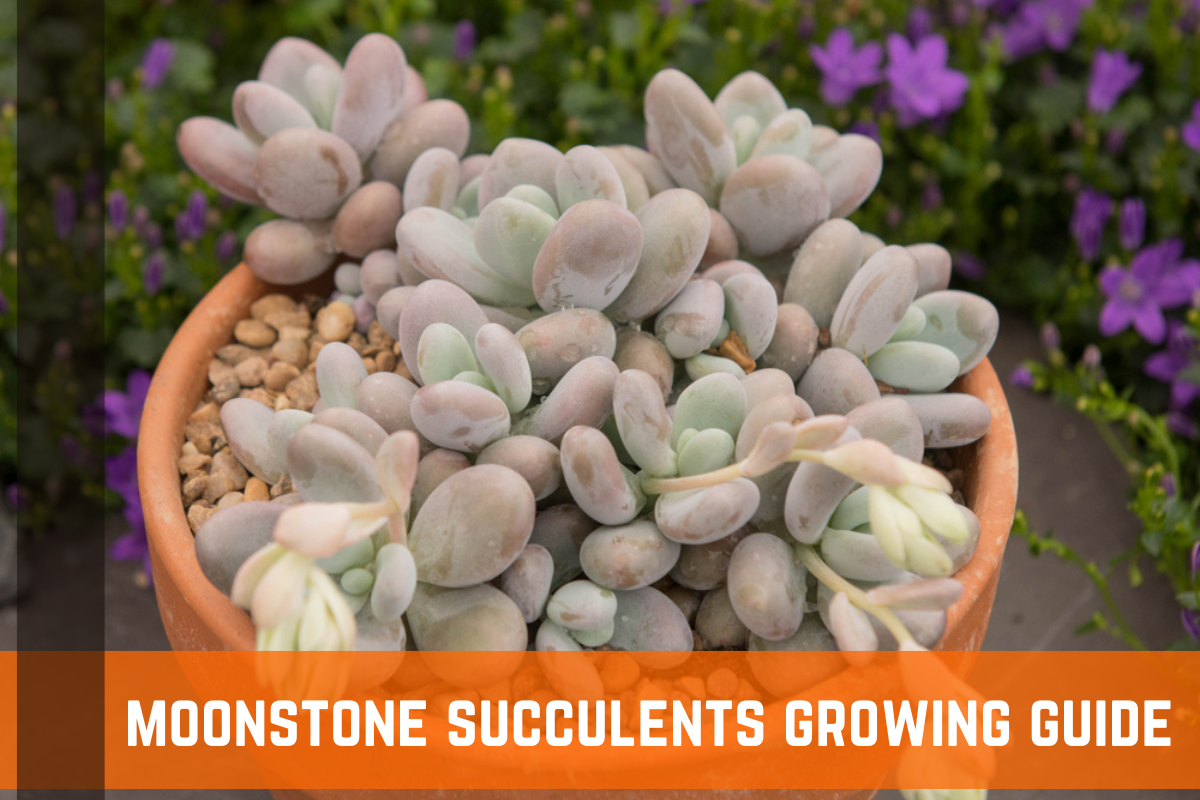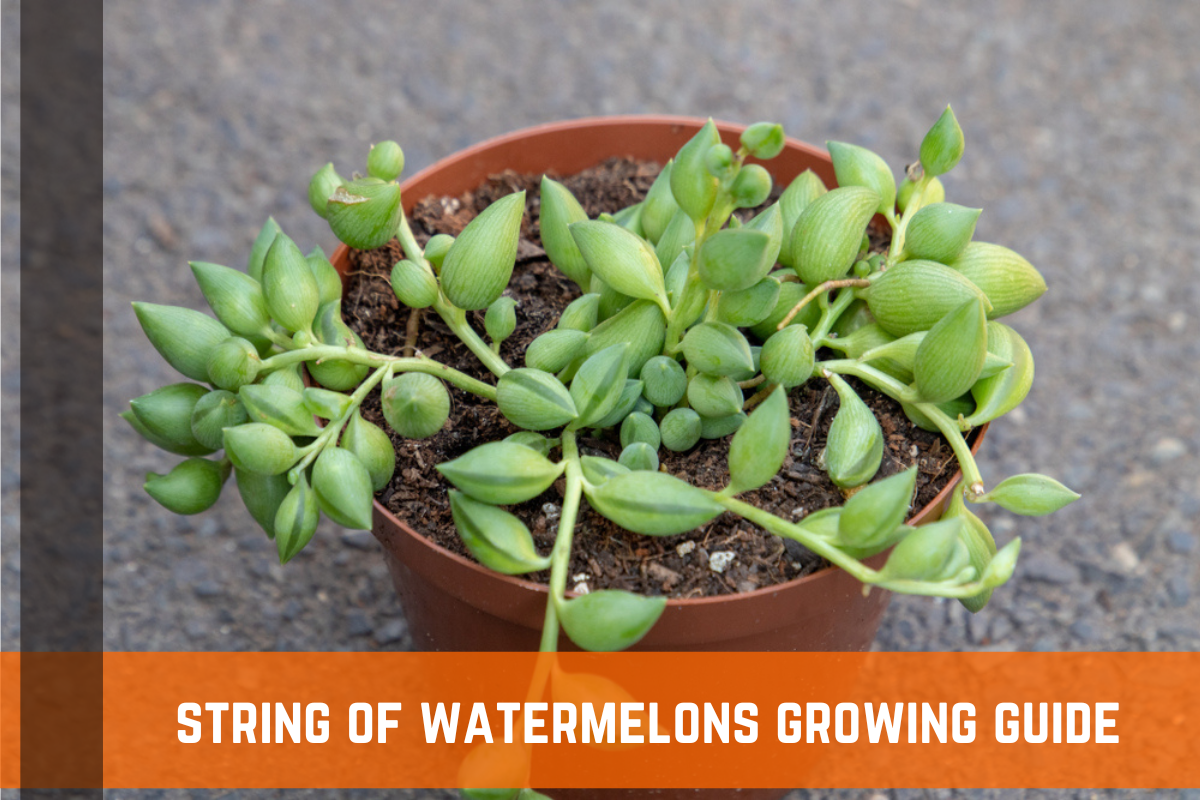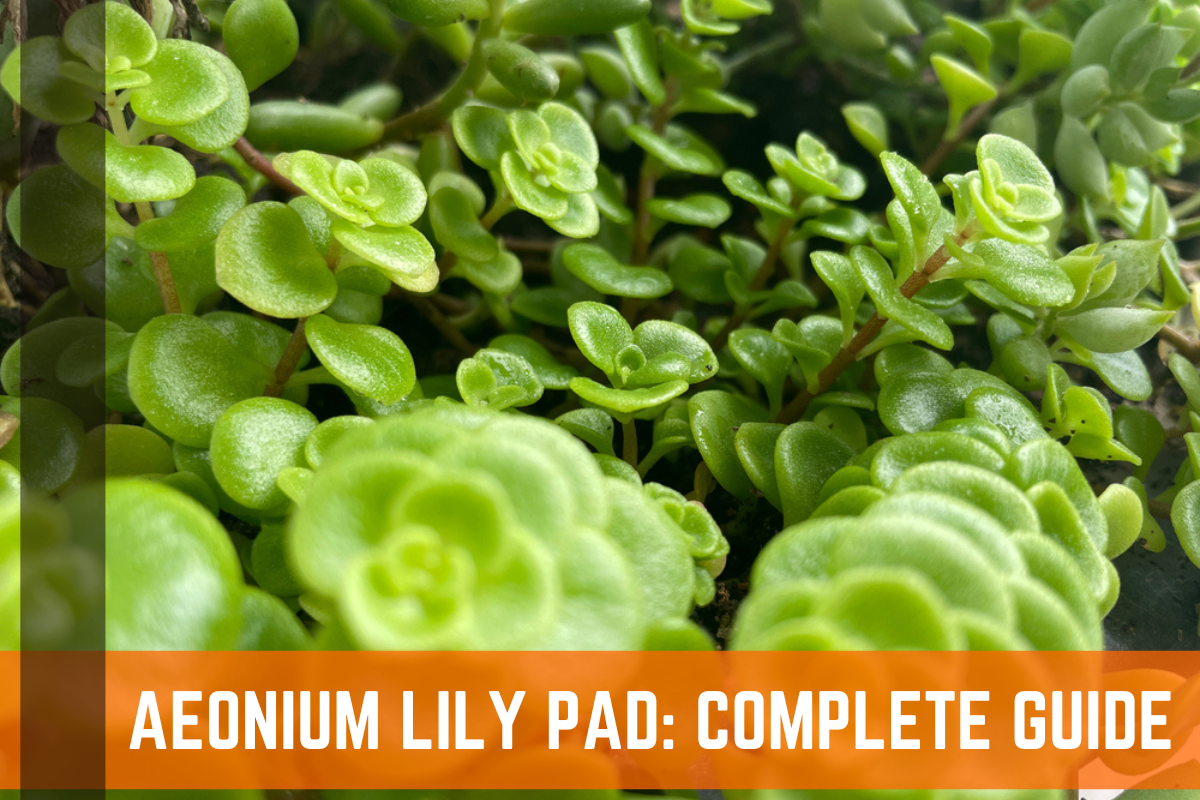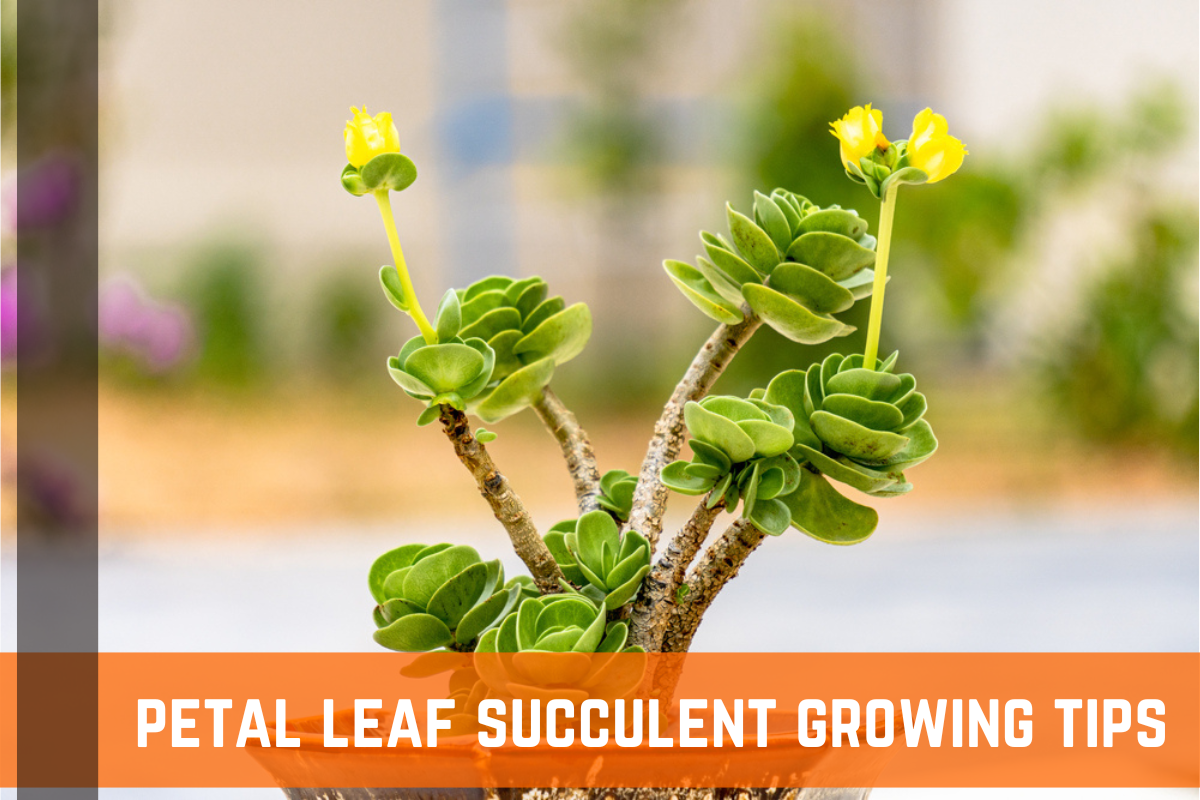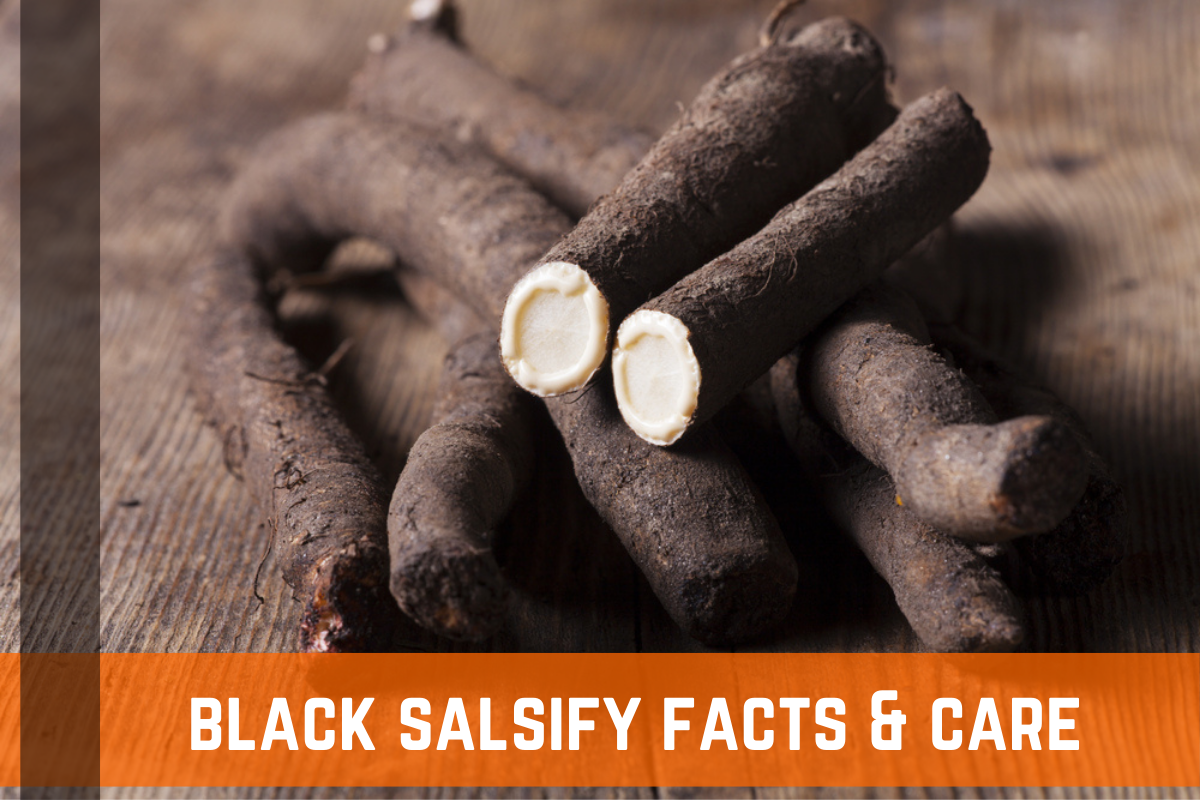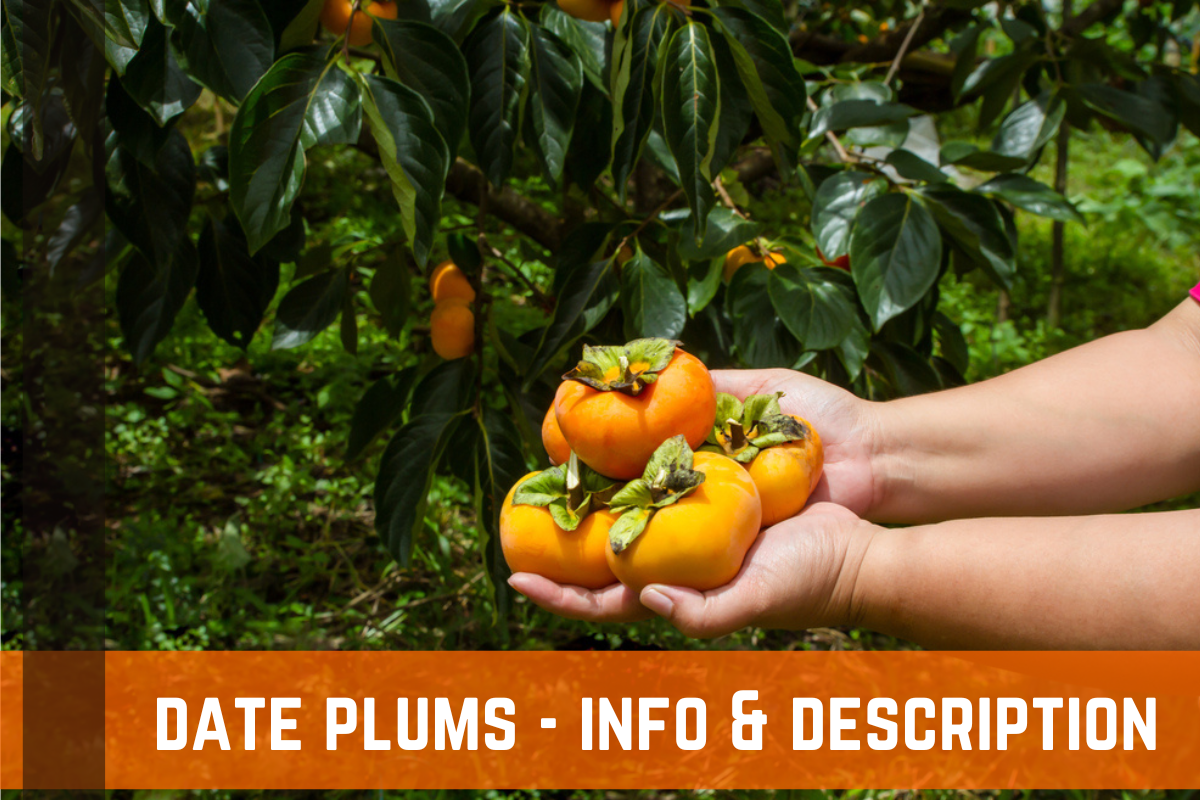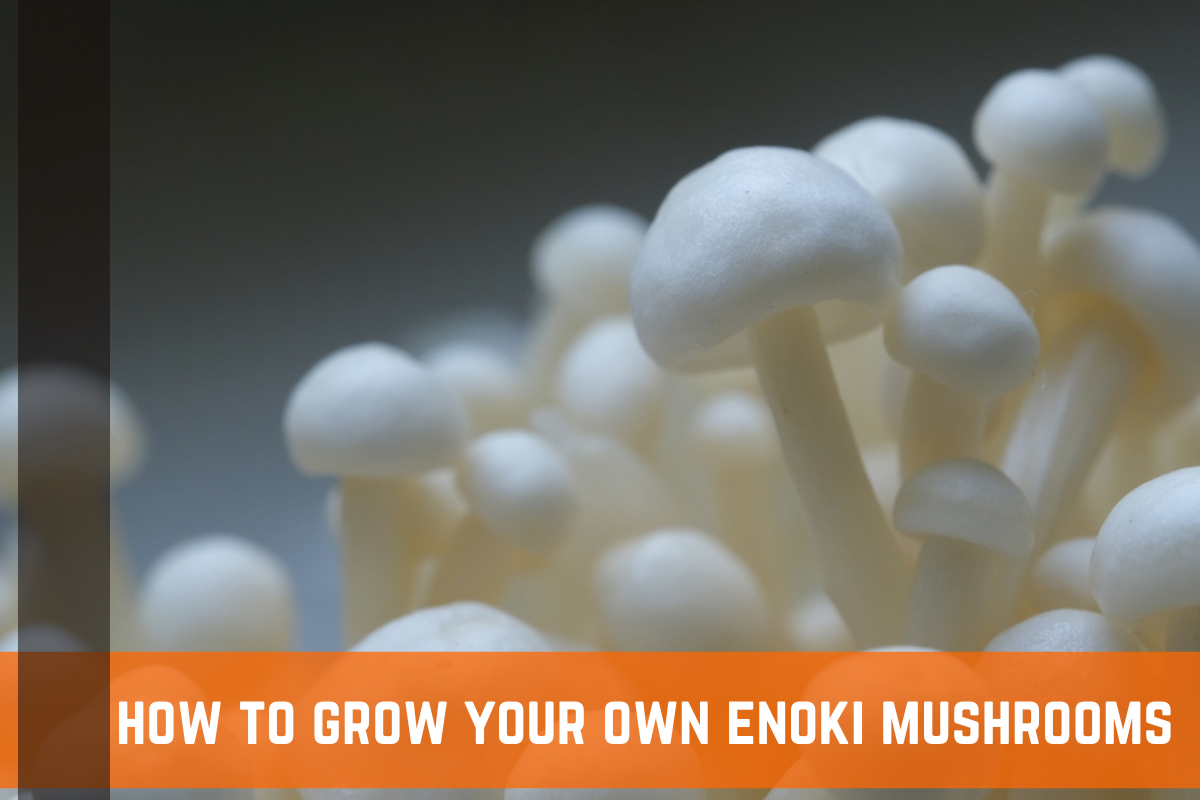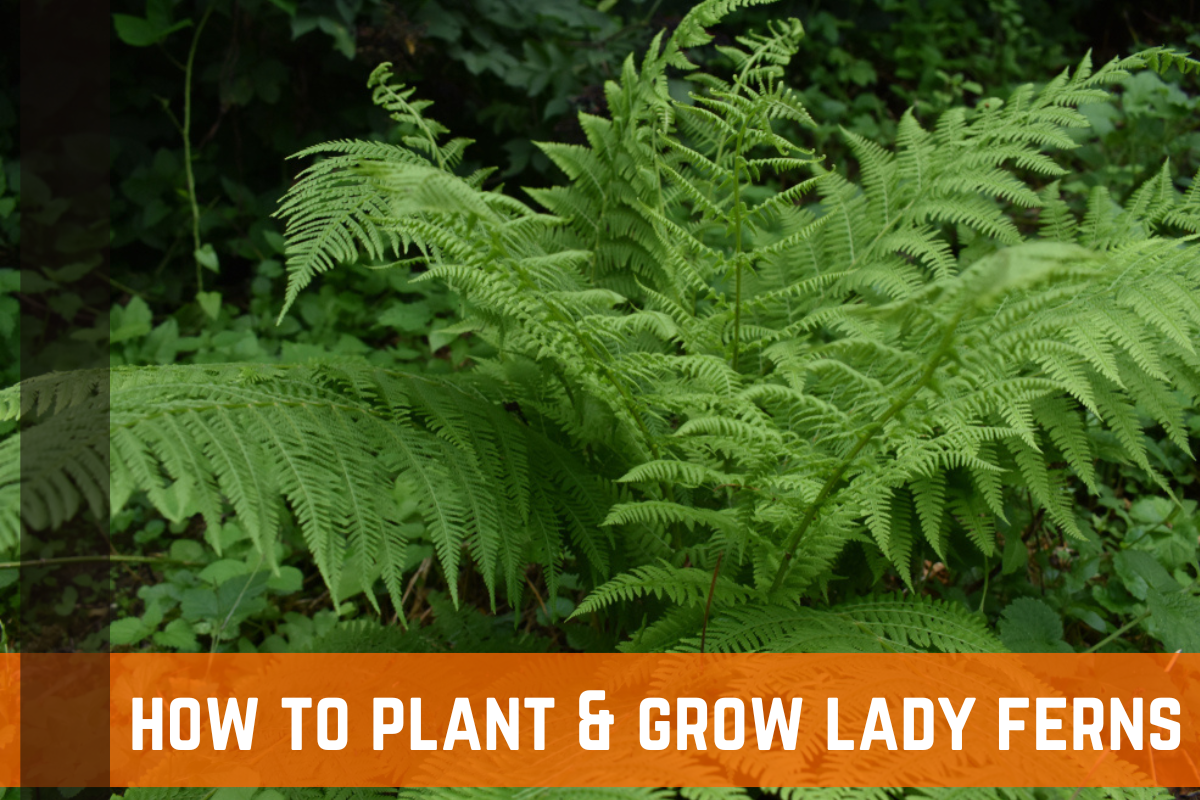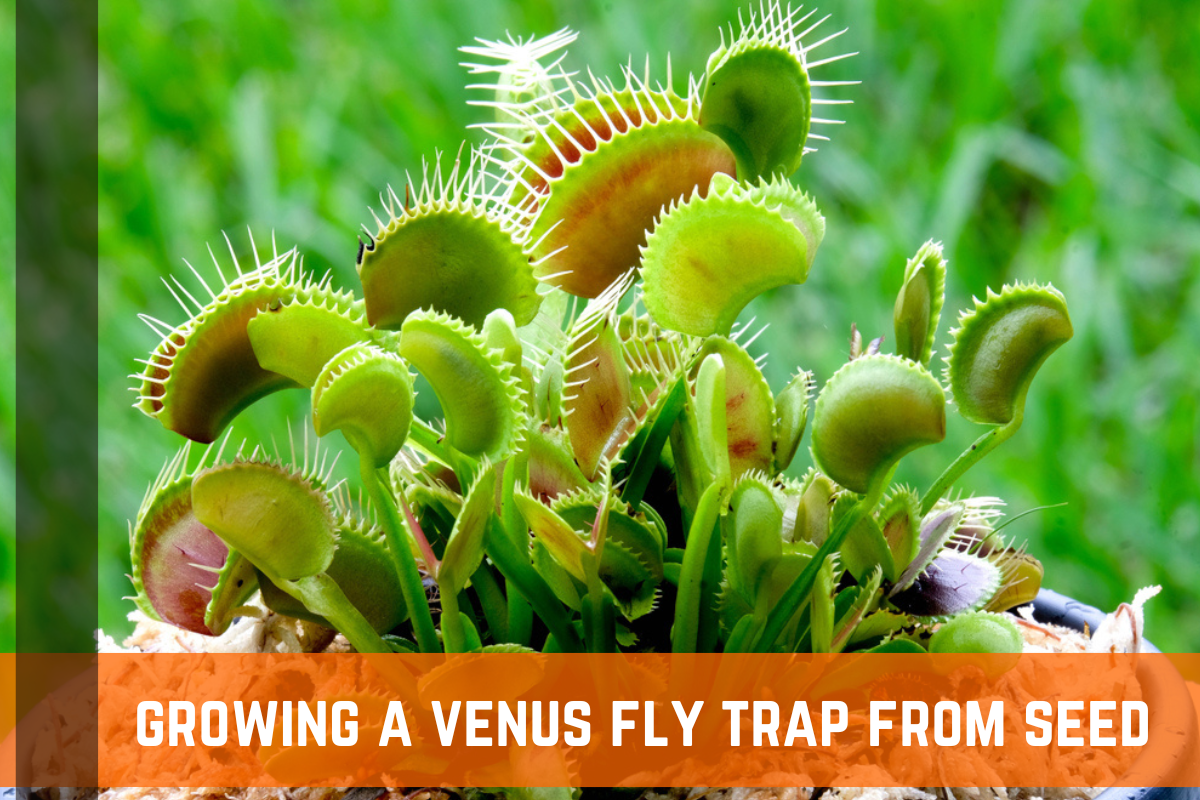Blog
How To Grow Maitake Mushrooms: Complete Guide
Due to their therapeutic benefits, maitake mushrooms are widely grown. This particular type of mushroom has been observed to grow naturally near the bases of oak and other trees. It is indigenous to North America and Northeast Japan. Read more
Moonstone Succulents (Pachyphtum Oviferum): Growing Guide
Moonstones, also known as Pachyphytum Oviferum, is a succulent that is native to Mexico and can make an eye-catching addition to your collection of plants. This plant, which has distinctive and lovely flowers that look gorgeous whether you grow them in your garden or containers, has silvery, plump leaves. Read more
String Of Watermelons (Senecio Herreianus): Facts & Growing Guide
String Of Watermelons is a succulent plant that is also known as Senecio Herreianus or Curio Herreanus. The genus belongs to the Asteraceae family of flowering plants. The genus contains evergreen succulents with discoid flower heads devoid of florets and tall, striated leaves. Read more
Aeonium Lily Pad Succulents: Complete Guide & Care Information
The Aeonium Lily Pad is a succulent plant native to the Canary Islands. The plant's fleshy, lily-shaped leaves, which develop in a rosette pattern, give rise to its name. Due to its low maintenance needs and tolerance for drought, the aeonium lily pad is a popular choice for gardens and landscaping. Read more
Petal Leaf Succulent (Portulaca Molokiniensis) - Growing Tips & Plant Care
The stunning and distinctive plant Portulaca molokiniensis, commonly known as the petal leaf succulent, is native to the Molokini Islands, which are located off the coast of Hawaii. This plant is distinguished by its fleshy, rosette-shaped leaves that resemble petals. The thick, meaty leaves have a vivid green color on top and a purplish-red tint on the underside. Read more
Black Salsify: Facts, Description, & Cooking Methods
Root vegetables are what black salsify is. From a single seed, a long, thin root with green, pointed leaves can grow—often reaching lengths of more than one foot. On the outside it is pitch black, yet on the inside it is milky white. You peel it before cooking it. Since the root can often exude a lot of sticky sap when it is peeled, some people do not appreciate using salsify in their cuisine. I have discovered that the black salsify roots sold in grocery stores produce a far greater amount of sap than the roots I grow at home. Read more
Date Plums: History, Info, and Description
The date-plum, also known as the Lotus Persimmon, Caucasian Persimmon, Lilac Persimmon, and False Lote tree (Diospyros lotus), is the rootstock that is most commonly utilized for Oriental persimmons. When it reaches full maturity, the plentiful tiny fruit can be eaten fresh or turned into jelly. This gorgeous, upright tree is covered in lush, dark green foliage that, in the fall, becomes a brilliant yellow. Read more
Guide To Growing Enoki Mushrooms
The subtle sweetness and pleasant crunch that enoki mushrooms bring to soups, stir fries, and stews are the primary reasons for their cultivation. Enokis are chock-full of B vitamins and other essential vitamins and minerals, and they are particularly popular in the cuisines of Japan, Korea, and China. Enokis, which are also known as enokitake, have been shown to inhibit the growth of cancer cells and strengthen the immune system. Read more
How To Grow & Care For Lady Ferns
How about a shady spot in your lawn where nothing will grow? Looking for a pretty plant to put here? The lady fern is your best bet. These beautiful, trailing plants are able to survive in poor soil while others die. The lady fern stands out thanks to its textured fronds, which are beautiful and refined. Read more
Grow Your Own Venus Fly Trap From Seed
Raising Venus flytraps from seeds is an essential activity for anyone who is passionate about these plants. It is not difficult to germinate and produce Venus Flytrap plants from seeds, provided that a few parameters are satisfied for ideal germination. In the following paragraphs, we will go over these requirements and procedures in greater detail. Read more

